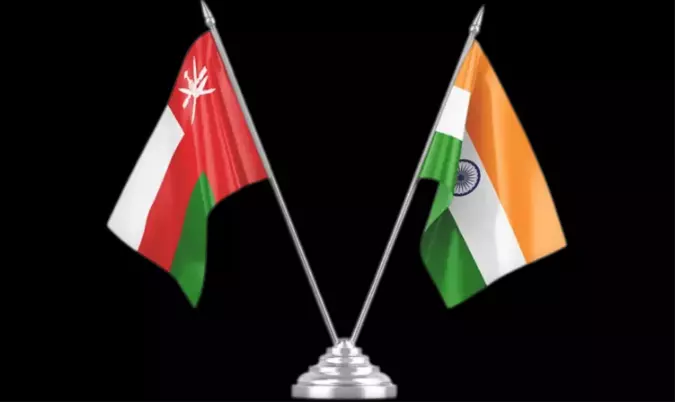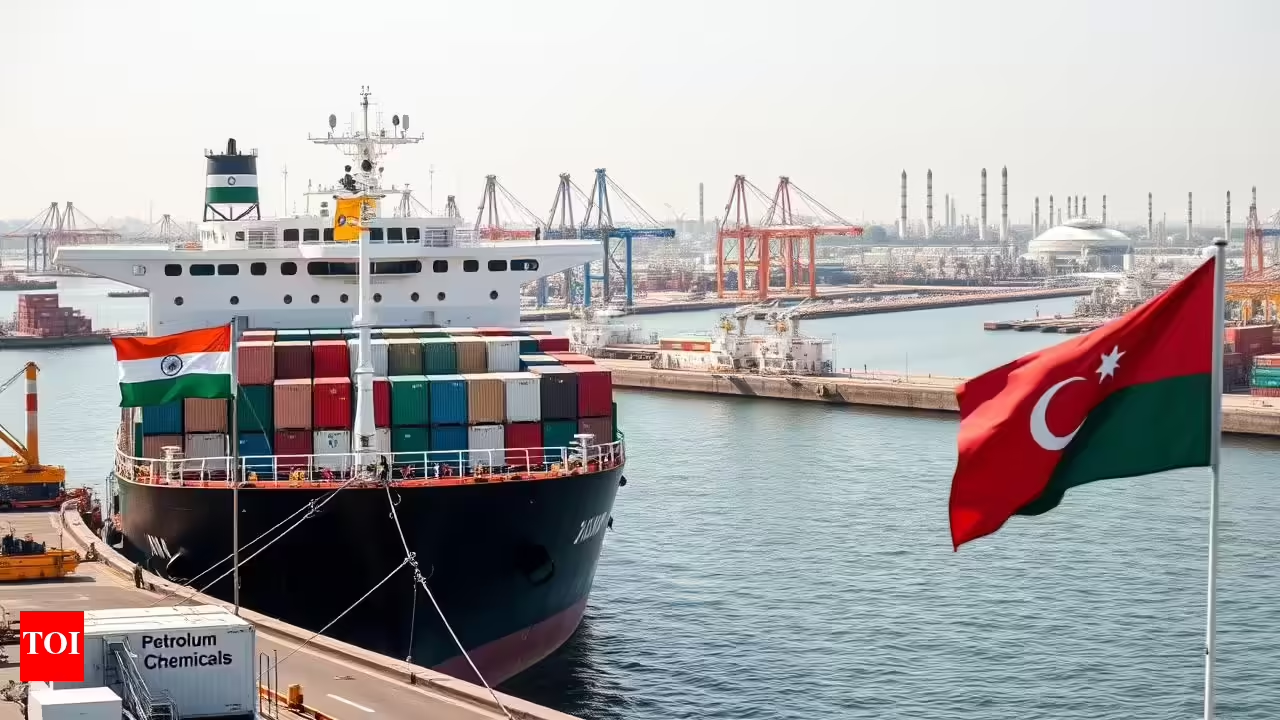India and Oman are on the verge of signing a Comprehensive Economic Partnership Agreement (CEPA), a free-trade pact that is expected to be inked very soon, according to Oman’s Ambassador to India. The deal marks a pivotal moment in their bilateral relations, with both nations committed to broadening trade beyond traditional energy sectors into commodities, services and investment.
Negotiations between India and Oman for this trade pact formally began in November 2023. Since then, following a series of productive discussions, both sides have concluded the text and are now engaged in legislative and administrative steps toward final approval. The signing, they say, could happen in the near term perhaps even within the coming weeks or months.
Why This Pact Matters Deeply
For both India and Oman, this agreement is not just about tariffs, but about opportunity.
India currently imports large quantities of petroleum products and urea from Oman accounting for more than 70% of its imports from the sultanate along with items like propylene/ethylene polymers, pet coke, gypsum, chemicals, iron and steel. Under the new agreement, India aims to reduce dependence on these concentrated imports by diversifying the trade basket to include more commodities and services.
For Oman, which seeks to diversify its economy beyond hydrocarbons in line with its long-term strategic vision, this pact offers a way to attract new investment, promote non-energy exports and strengthen economic resilience.

Expected Benefits: Trade, Investment, Services
This CEPA is designed to deliver several concrete benefits:
- Customs Duties Reduction: Many goods traded between the two countries are likely to see tariffs cut or eliminated. This will make products more affordable on both sides and encourage trade in non-energy sectors.
- Boost to Services Sector: The agreement is expected to liberalise trade in services, opening doors for Indian firms in fields like IT, software, healthcare, education, finance, logistics, and more.
- Greater Investment Flows: With clearer rules and incentives, more Indian companies may set up operations in Oman, especially in its free zones (like Sohar, Salalah), while Omani capital may find new avenues in Indian projects.
- Deeper People-to-People Ties: As trade in services and mobility ease up, there could be greater exchange of skills, business travel, tourism, and cultural engagements.
Strategic & Regional Implications
Beyond bilateral gains, this pact has strategic dimensions:
- GCC Region Influence: Oman is part of the Gulf Cooperation Council (GCC), and success in this pact could encourage similar trade deals between India and other GCC states.
- Energy Security: While Oman will remain an important energy supplier, diversification under CEPA can help India balance its energy imports and cushion against volatility in oil and gas markets.
- Connectivity & Corridors: Improved trade ties will feed into broader regional connectivity efforts. Infrastructure, logistics, ports, digital payments systems, and financial linkages may all get a boost.
- Global Positioning: For India, signing CEPA with Oman underlines its ambition to deepen economic relationships globally especially beyond its traditional major partners. For Oman, it reinforces its role as a gateway between East and West, energy and non-energy, old trade routes and new.

What to Watch For
While the energy around this deal is high, there are several practical issues to observe:
- Legislative Approvals: The agreement must clear the cabinets in both countries. Translation, legal vetting, compliance with domestic laws — all of this has to be in order.
- Implementation Mechanisms: How fast tariff reductions happen, how service sector liberalisation is phased, and what safeguard measures exist will determine real impact.
- Balancing Trade Deficits/Surpluses: Since India imports more from Oman in energy & related sectors, mechanisms might be needed to protect Indian exporters, especially in areas where Oman might have competitive advantages.
- Support for Small Businesses: The benefits will be maximised if small and medium enterprises (SMEs) in India and Oman can access the opportunities in exports, joint ventures, or service contracts.
A Human Story: What It Means for People
Beyond charts and trade volumes, this CEPA holds significance in people’s lives:
Imagine a young software startup in Bengaluru getting easier access to offer services in Muscat; or craftsmen in Gujarat finding new markets in Oman with lower export costs. Workers moving between the countries could see more predictable regulations. Consumers could benefit from a wider choice of affordable goods. Families, communities, cultural ties all of these will gain from smoother exchanges.
In Conclusion: A Bright Horizon
The India-Oman trade pact, once signed, stands to be much more than a formal treaty. It is an opening of doorways for trade, for investment, for people, for both nations to grow richer not only in wealth but in connection. If all goes well, this CEPA might become a case study of how two countries, recognizing mutual strengths, can stitch their futures together for shared prosperity.
Also Read – Oman Invites Dynamic Bids to Transform Nizwa Gate Building



